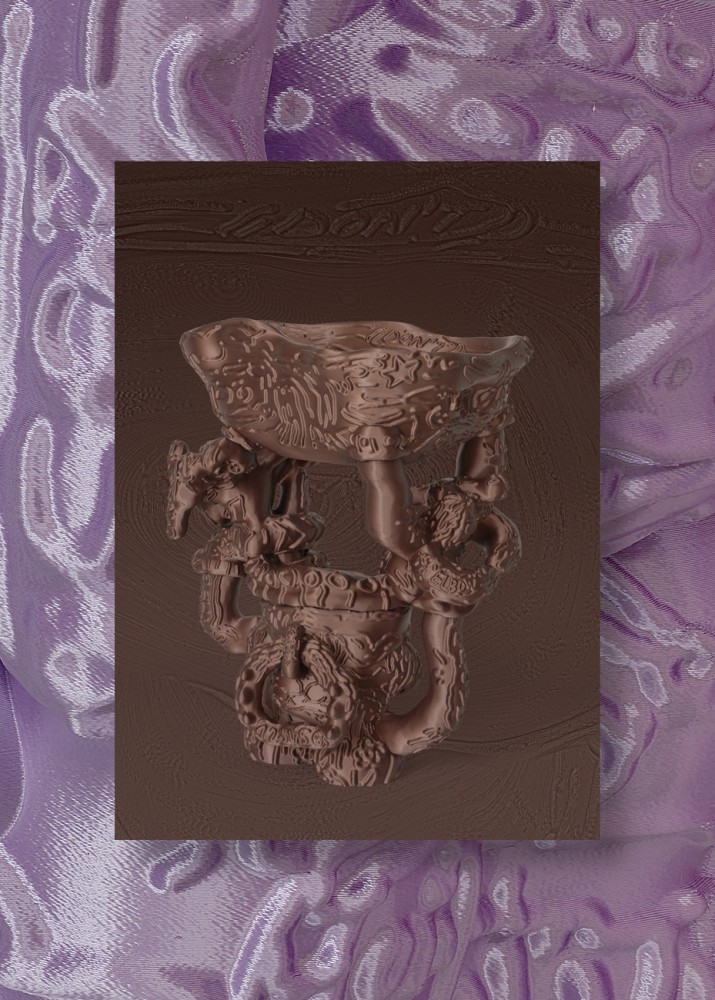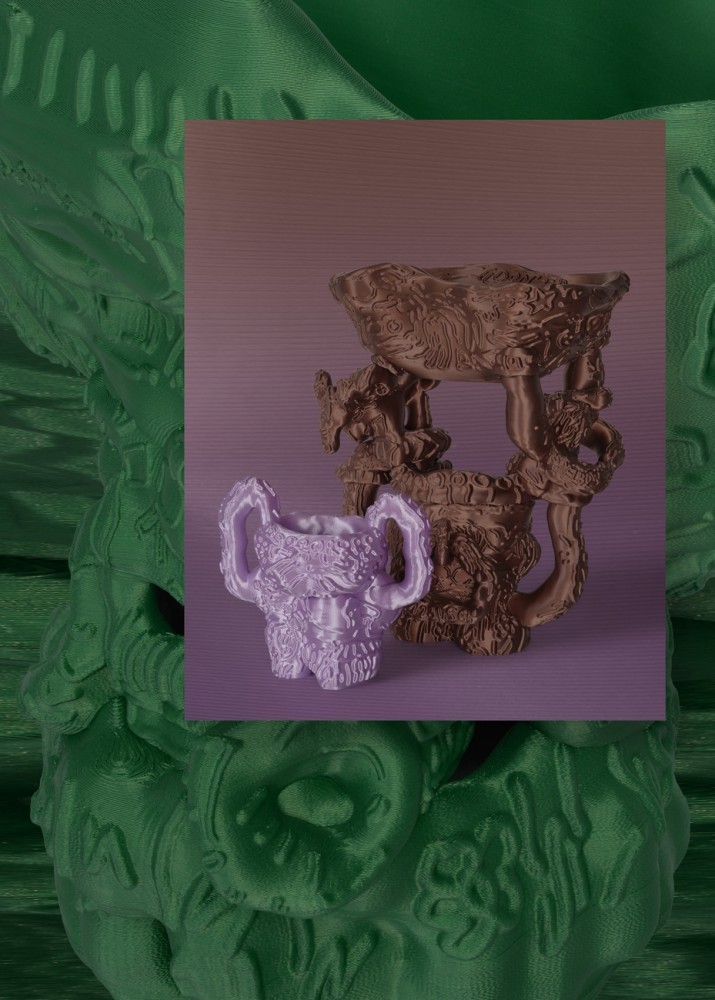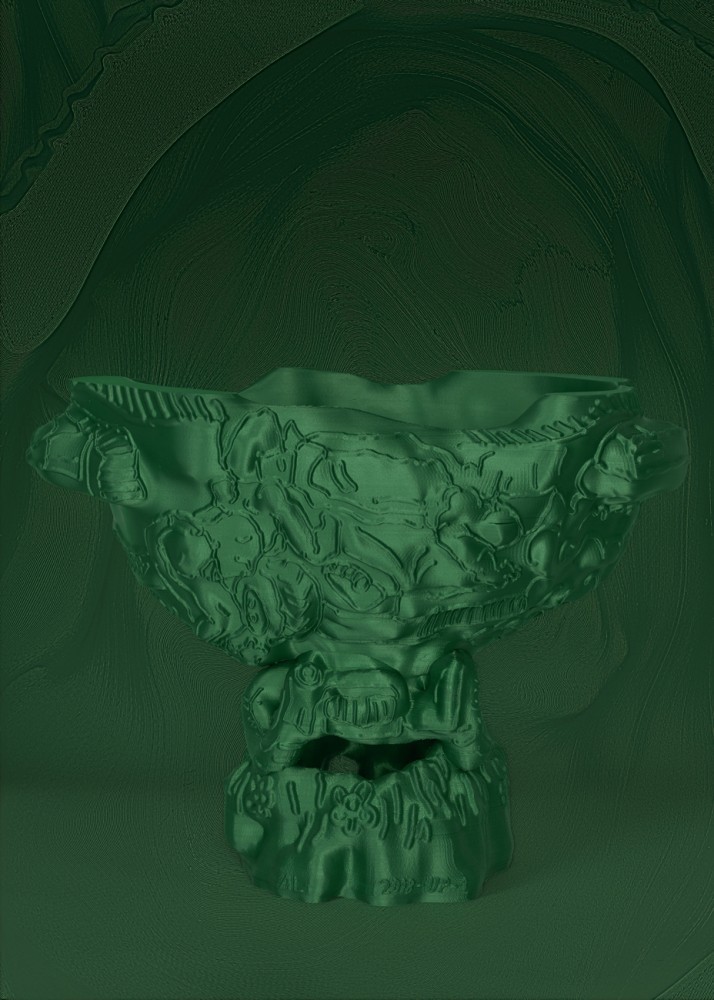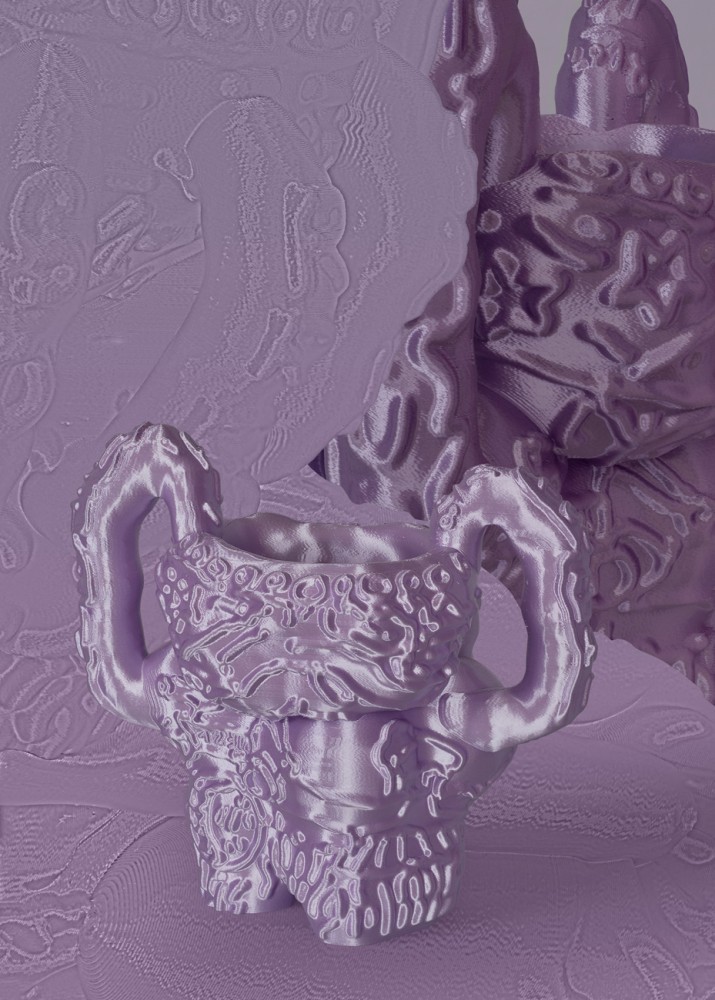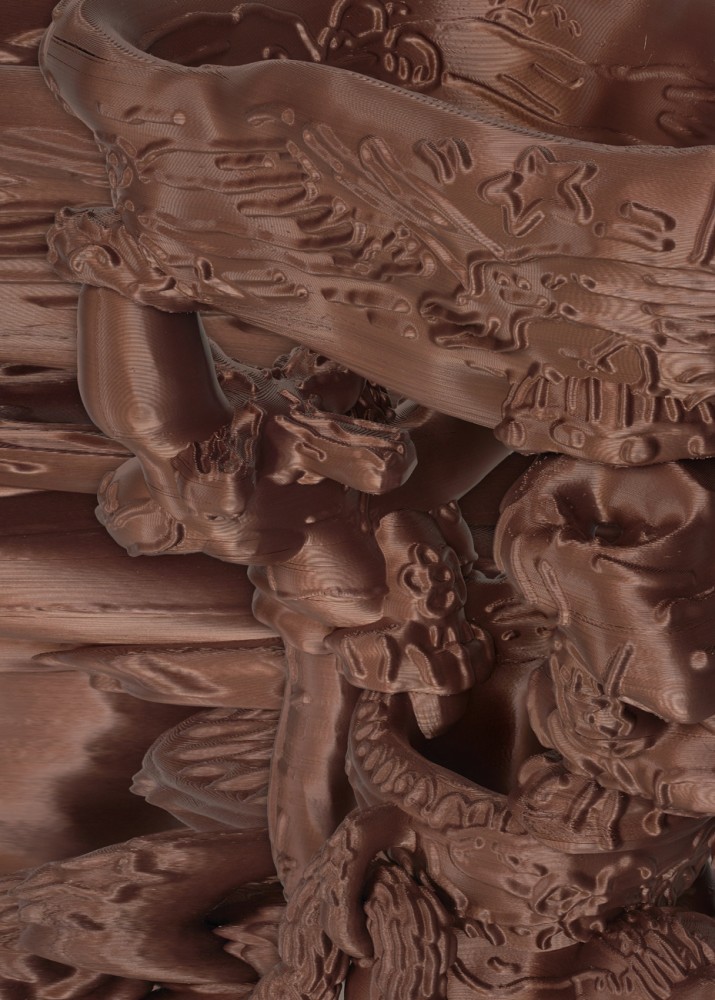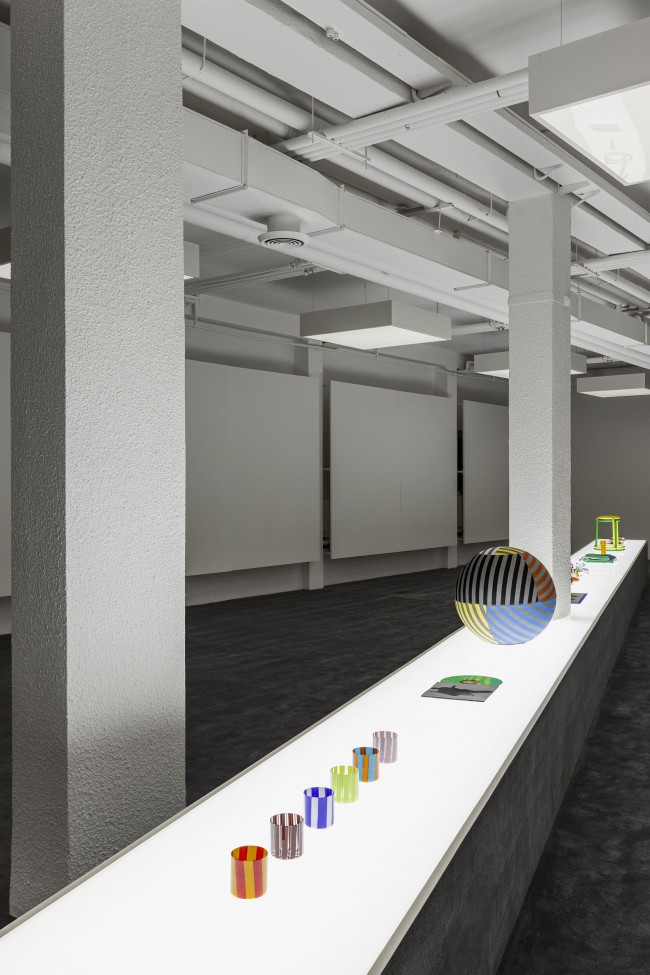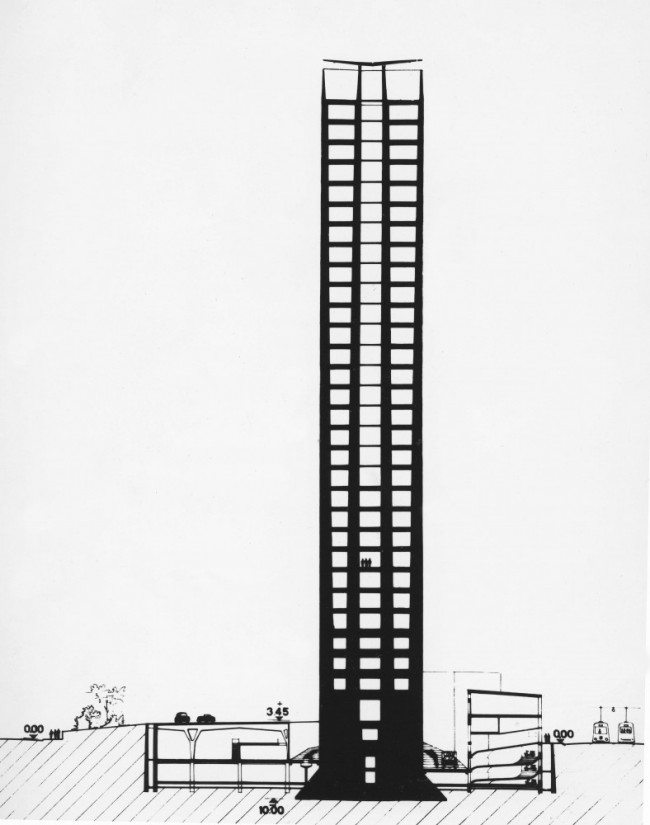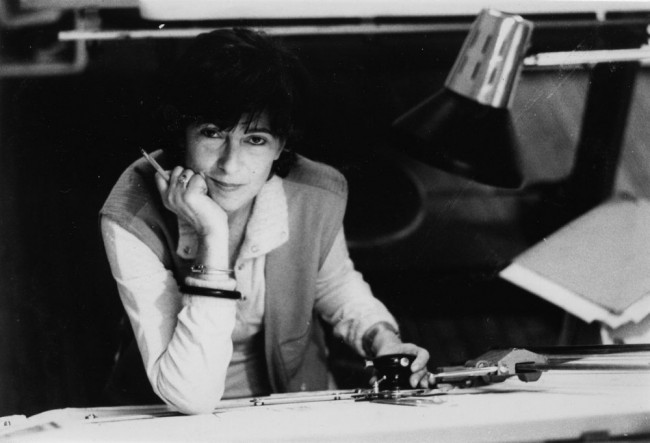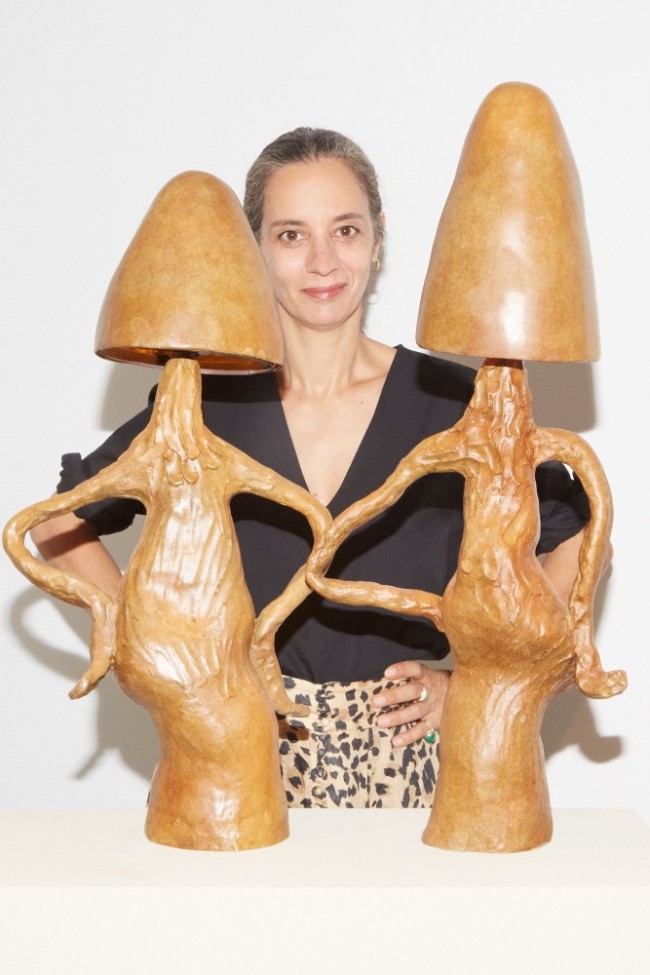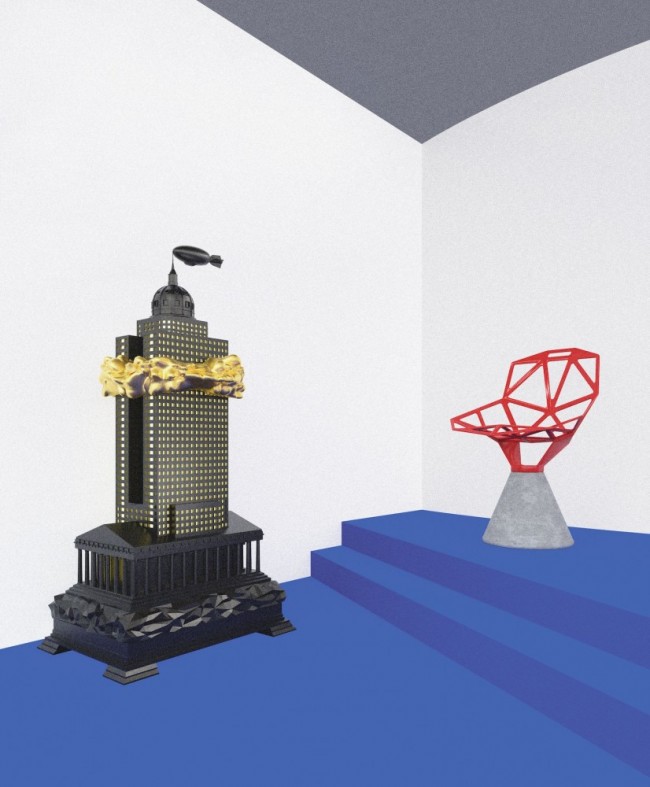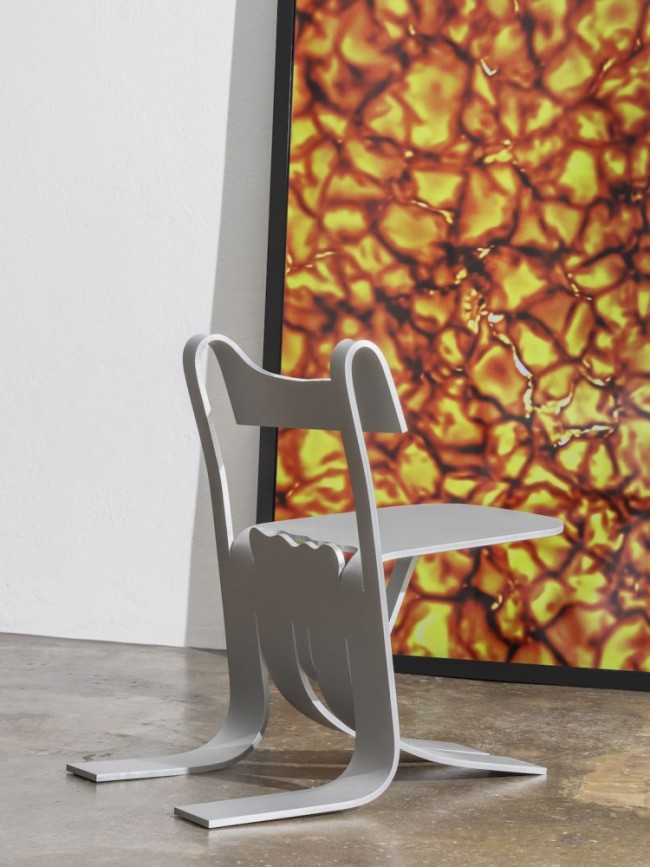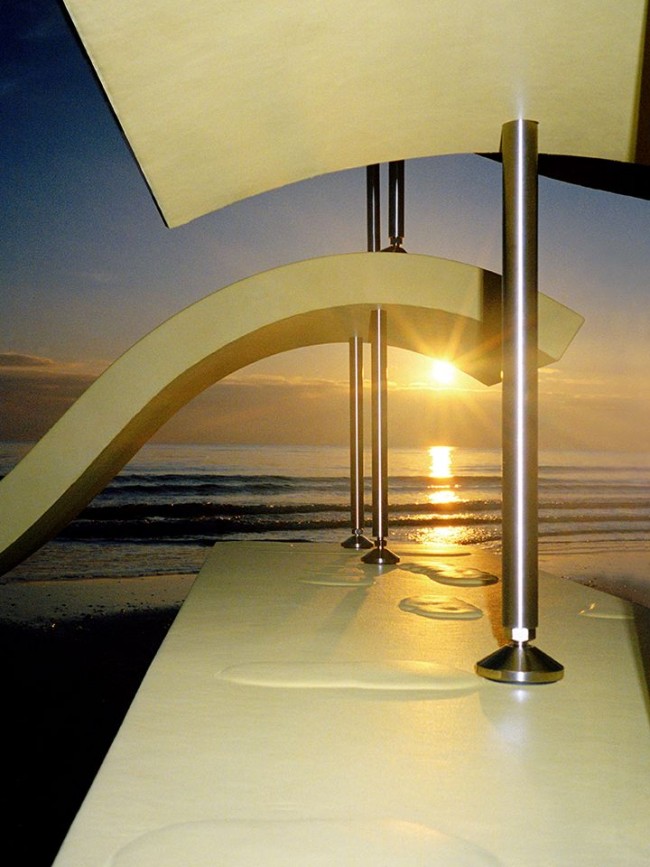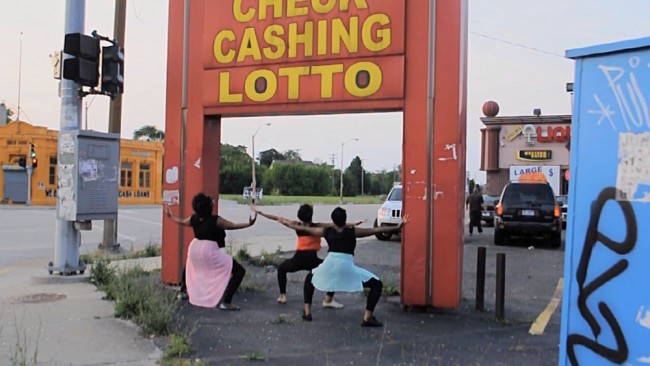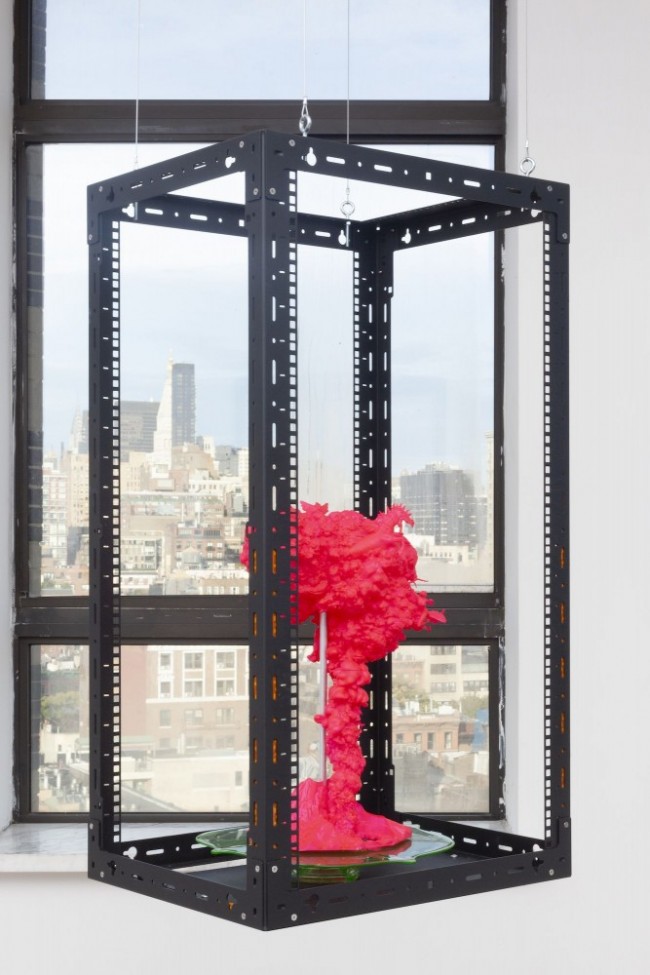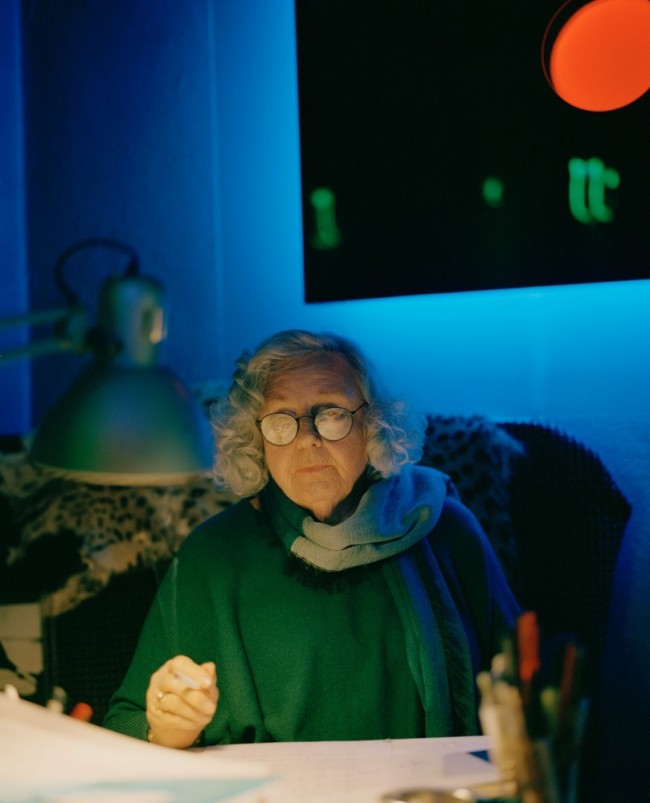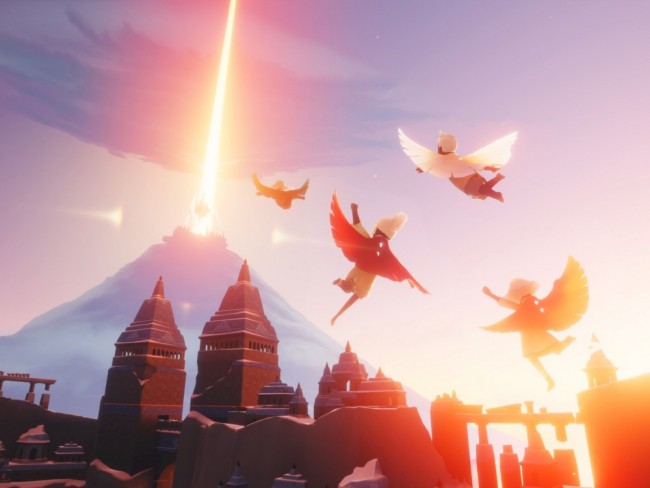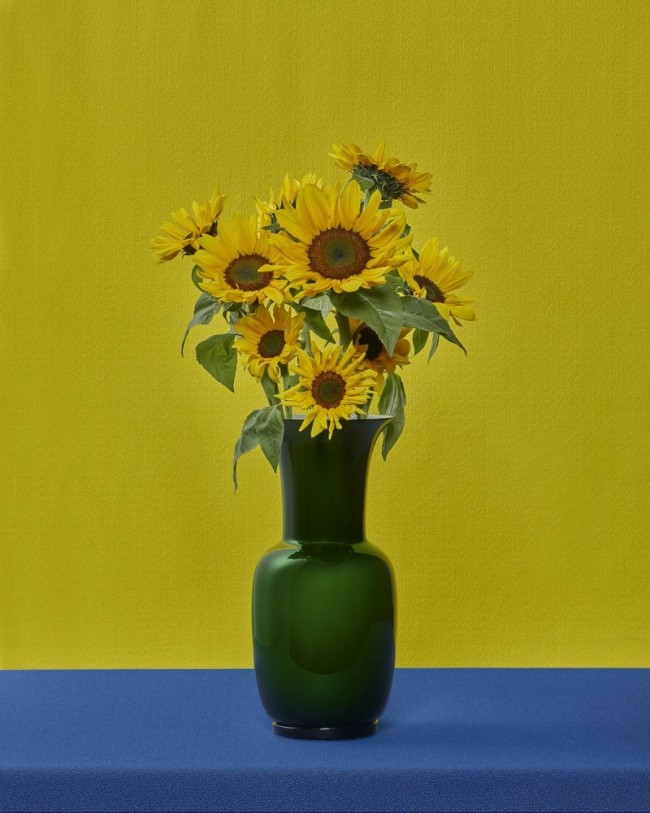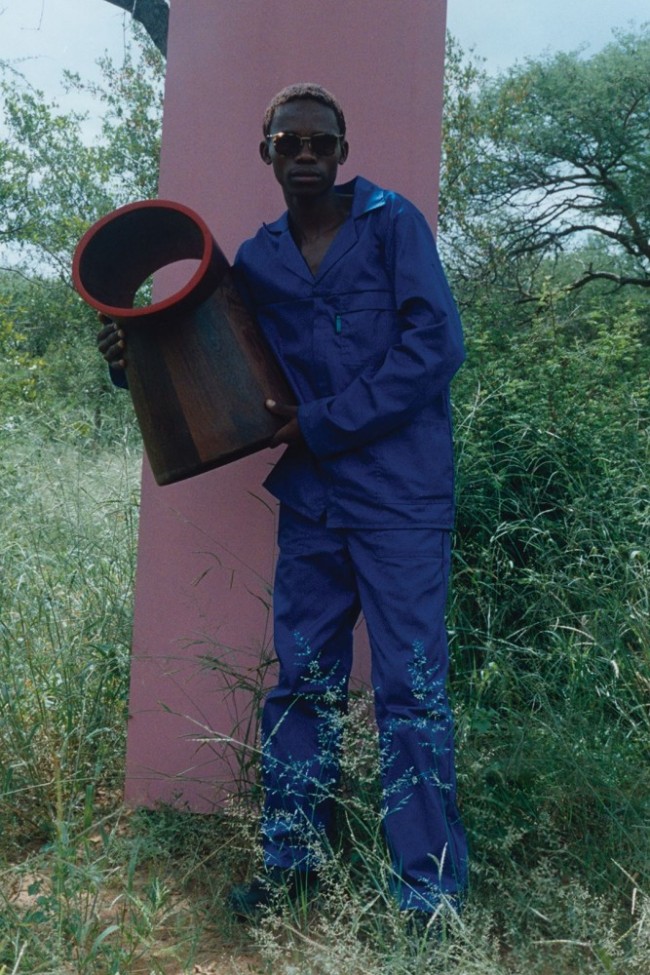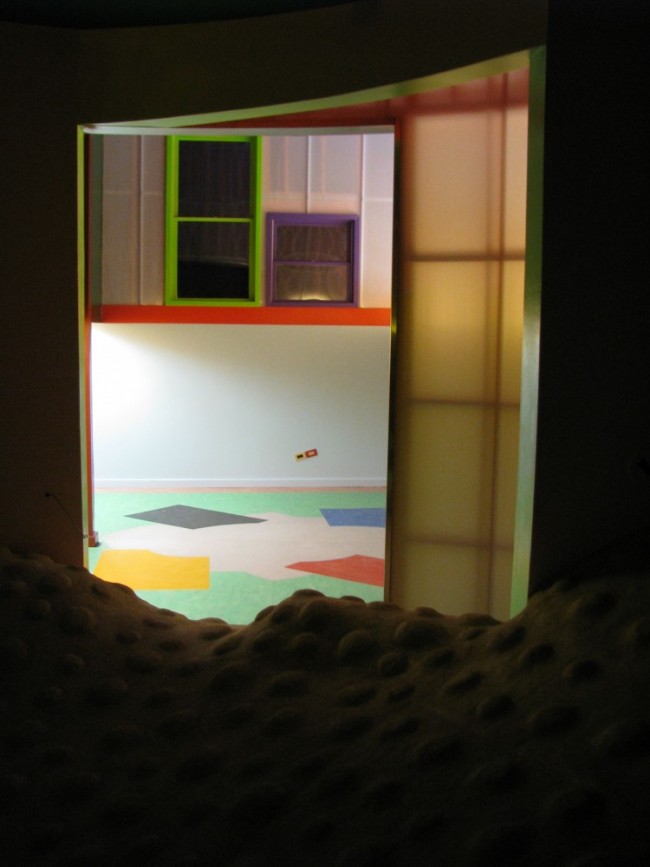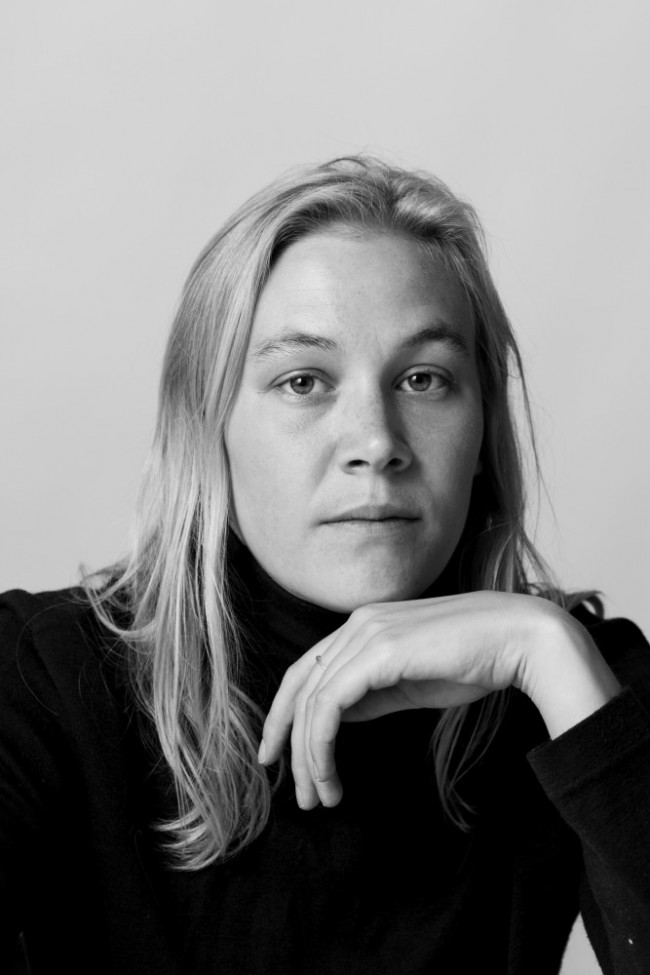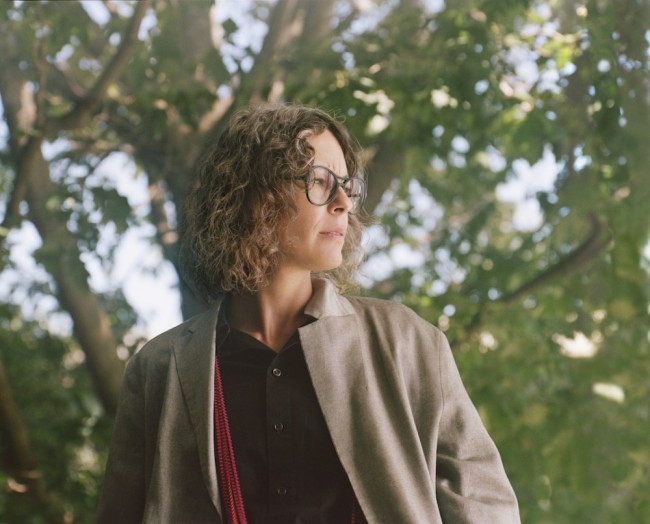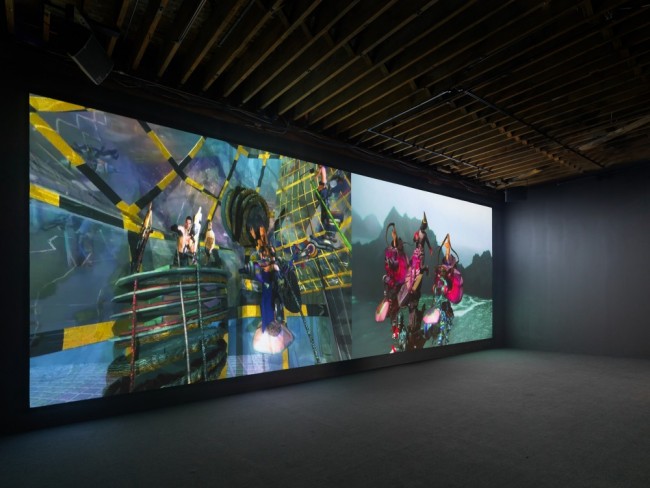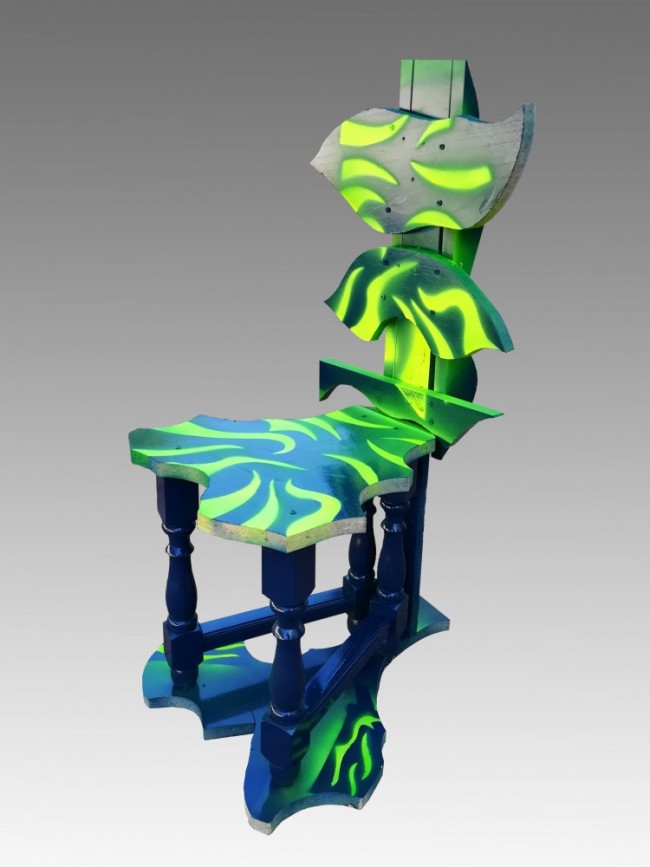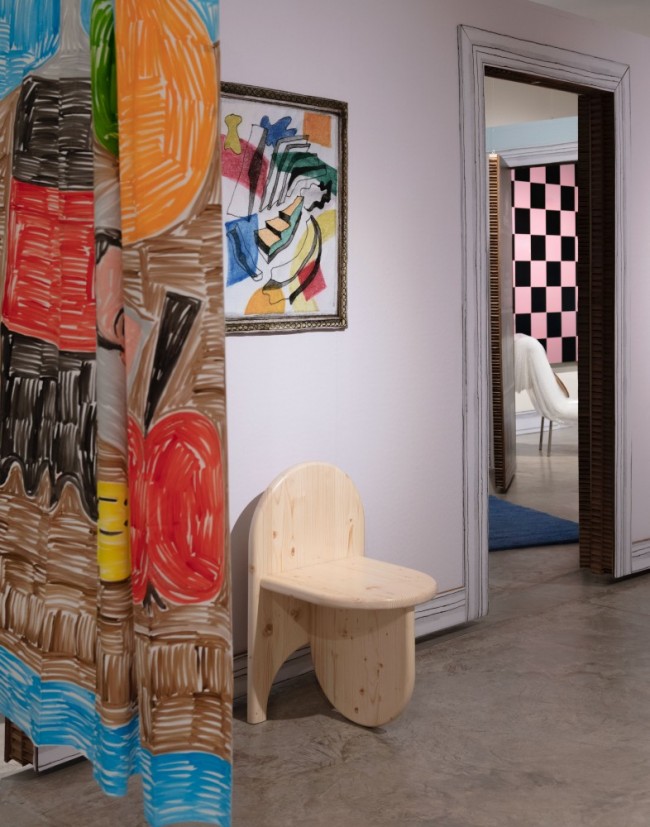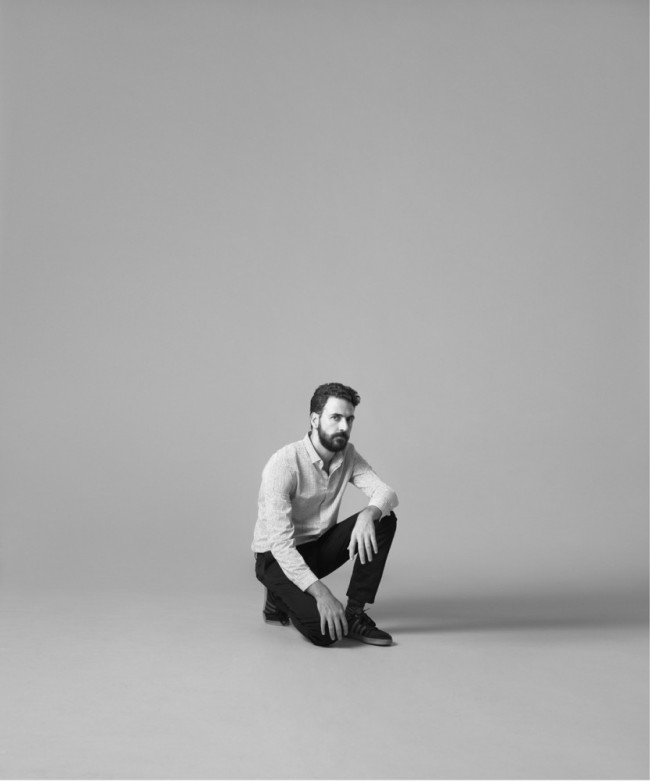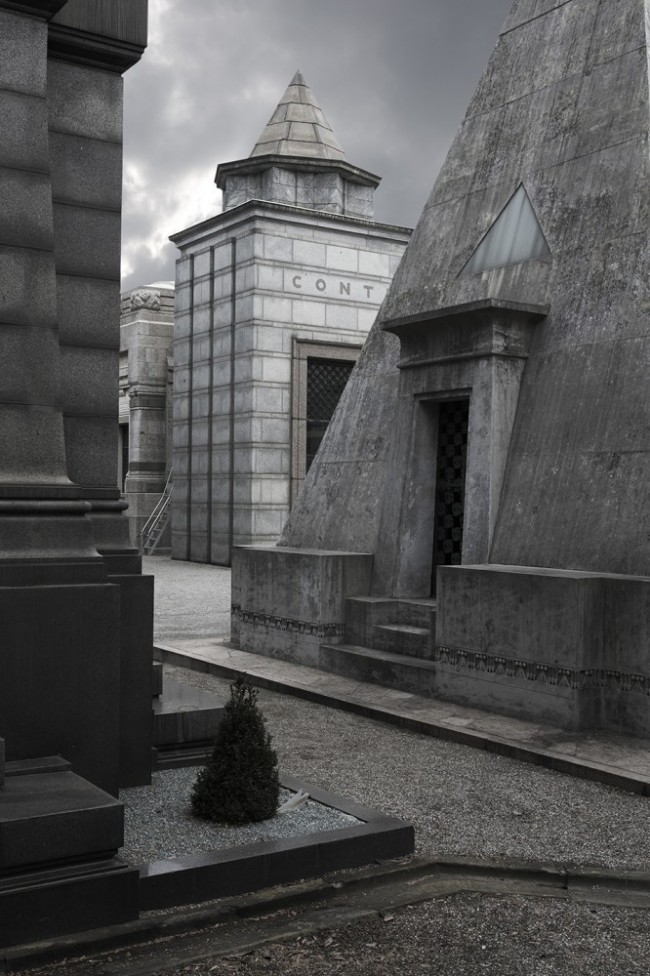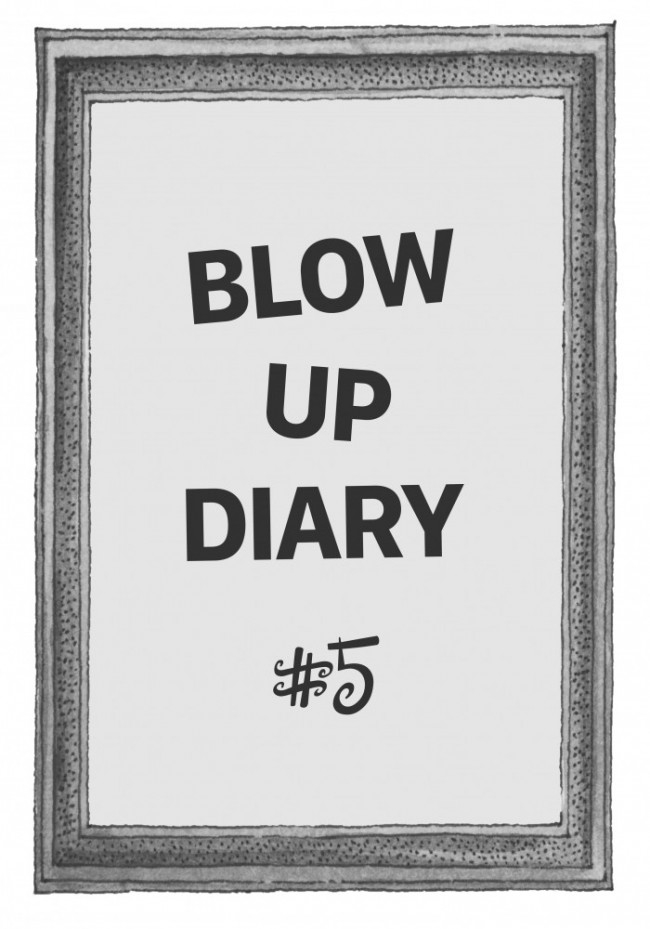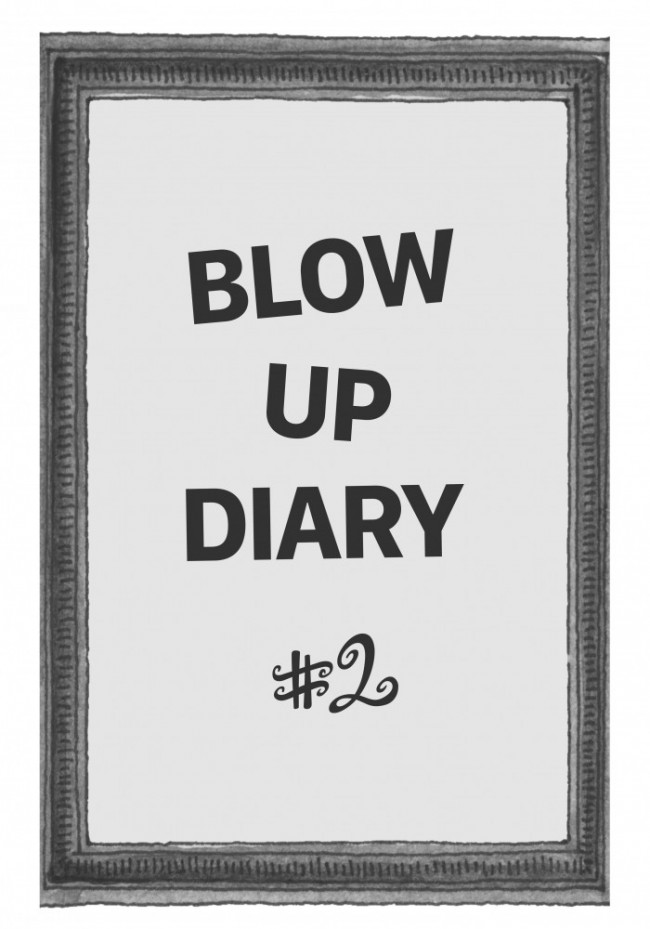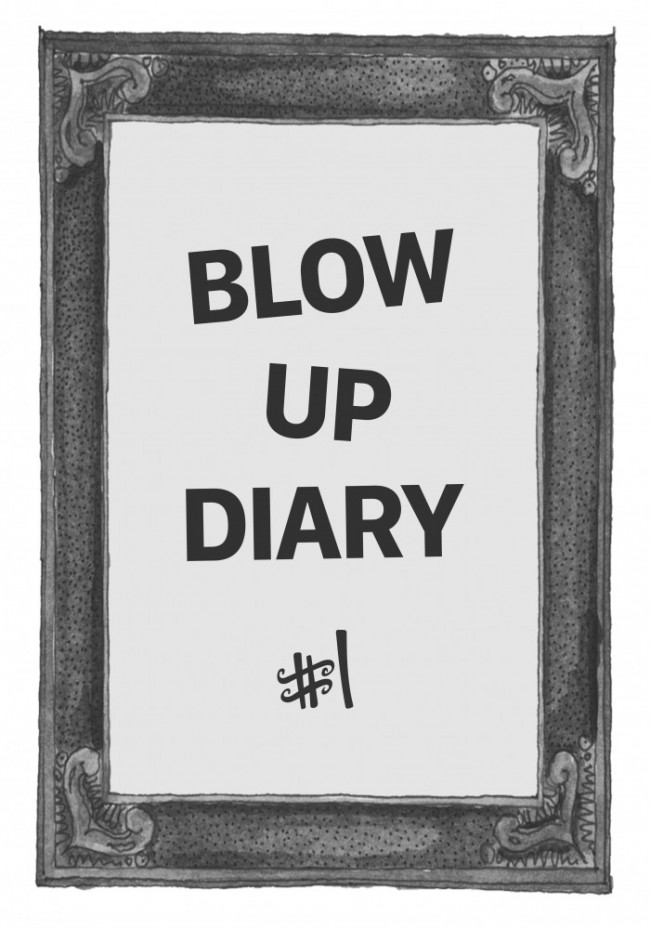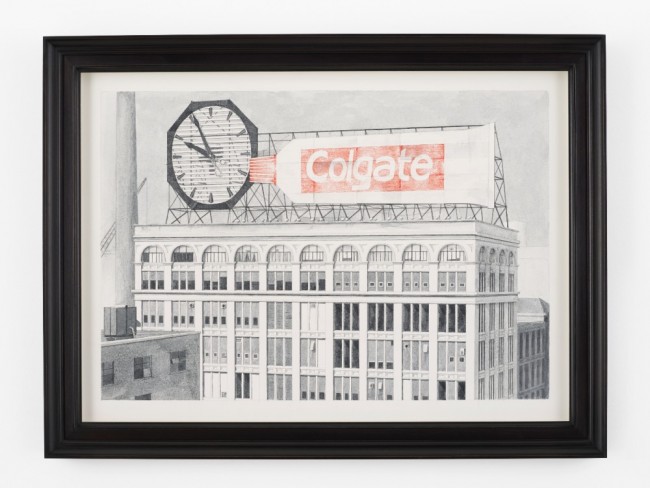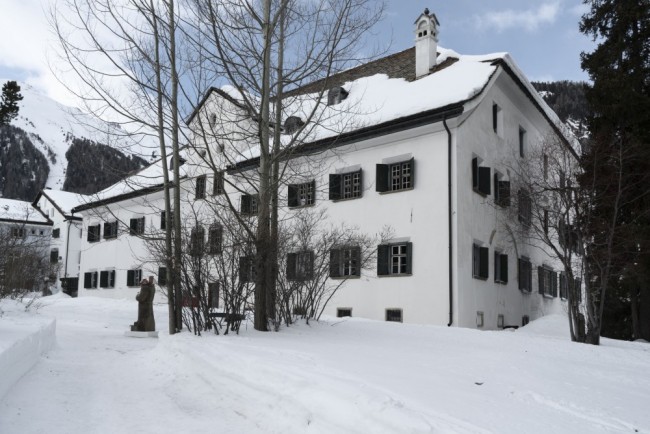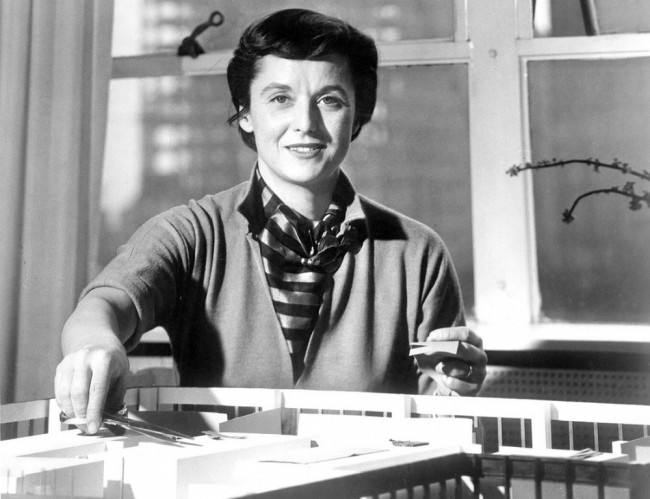FULLY ENLARGE: The Sensory Bonanza of Designer Audrey Large
Simultaneously prehistoric and futuristic, designer Audrey Large’s sculptures hinge between worlds; velvety textures and opulent hues are juxtaposed with rough incisions into the surface of what could be ancient alien pottery salvaged from outer space. Are they made by humans or computers? The contemporary design industry’s general fascination with that question leaves Large unfazed. “There is no hierarchy between real and representation, physical and digital,” the 24-year-old muses with the lucid stoicism of a digital native. “They are simply different states of matter and different sets of rules.”
-
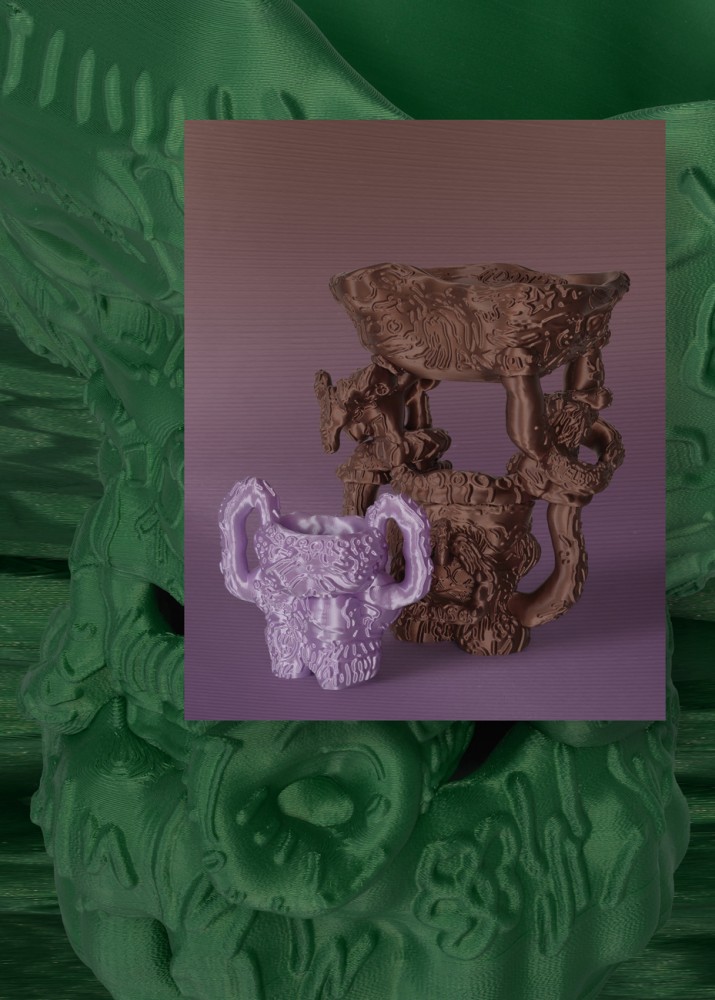
Vase Metacup (2019) and Metabowl #2 (2019) in digital collage by Audrey Large.
-
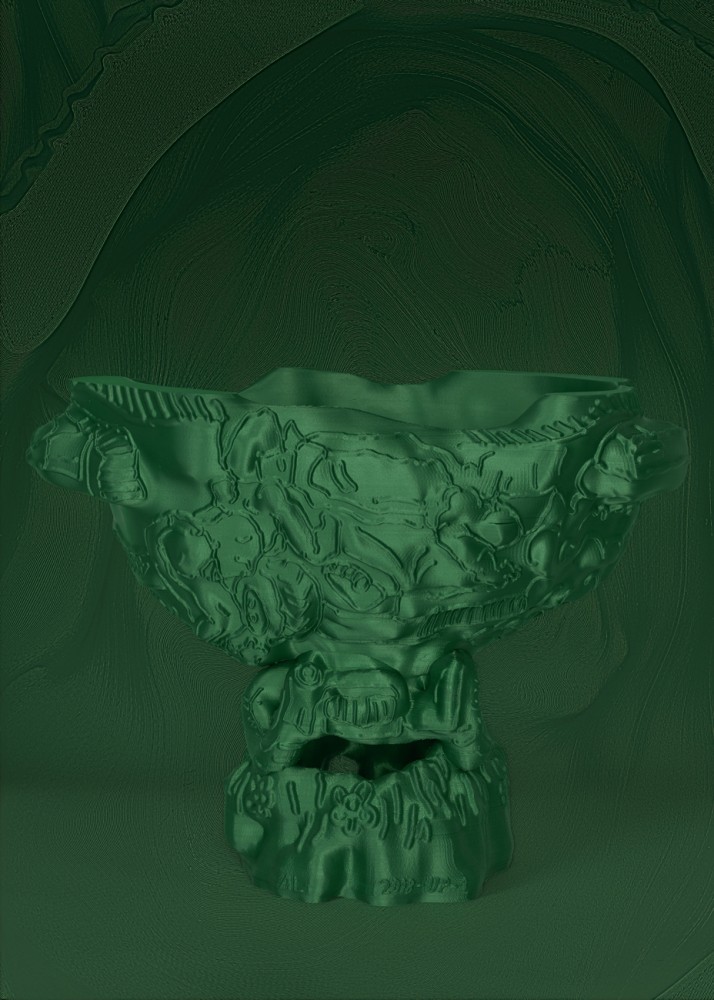
Vase Metabowl #1 (2018); 3D print in PLA. Nilufar edition.
Originally from France, Large graduated cum laude from Design Academy Eindhoven in 2017 with an MA in social design, and is now based in the Netherlands. It is there that she developed her current research-based practice that takes up the points of slippage between image and object in our new digital reality. Taking 20th-century philosophy and the beginnings of film, new media, and digital visual culture as her departure points, Large researched the architectures of cinema, from the hardware of motion capture to backstage object production. She was particularly interested in the many layers of visual effects that go into the post-production of a moving image which we willingly perceive as unitary. “I reversed this kind of thinking by asking myself, ‘What would be the image properties of an object?’” she says.
-
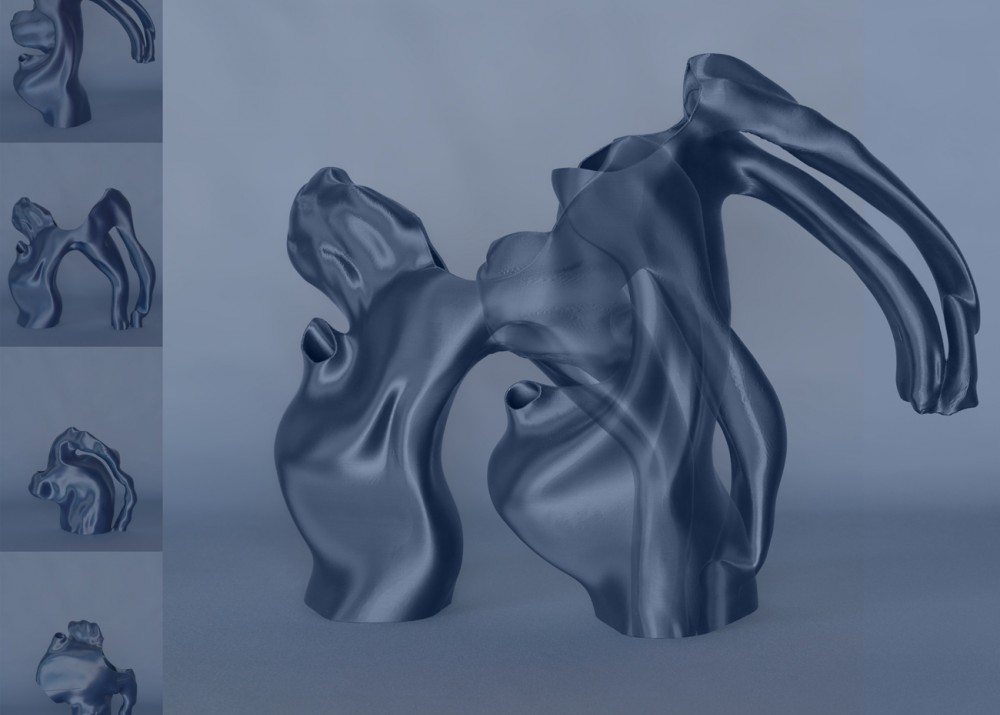
Carafe TP- TS- 1122.mocap (2018); 3D print in PLA. Nilufar edition.
Most of Large’s sculptures stem from a complex methodology that freely travels between digital and physical space. Entitled .mocaps (short for “motion capture”), each one begins with a 3D scan of an object (in this instance, a carafe), after which the artist films herself in a dual set up with the object. The video is uploaded, transformed into tracking data, morphed into a 3D scan, which is then 3D printed with uncoated polylactic-acid filament. The technique can take infinite directions, the unique forms stemming from errors — modify the camera angle or point of tracking, and all the shapes change. Meanwhile, Large’s bowls are created by drawing in three dimensions and 3D printing the results. “I’m interested in playing with digital aesthetics in a materialized object,” she says. Intentionally selecting the carafe and bowl as “silent objects” — so fundamental to human history they paradoxically become a void — her works are rich and desirous, smooth and shiny, tactile and seamless all at once, offering a sensory bonanza that’s set apart from its own creation story.
-
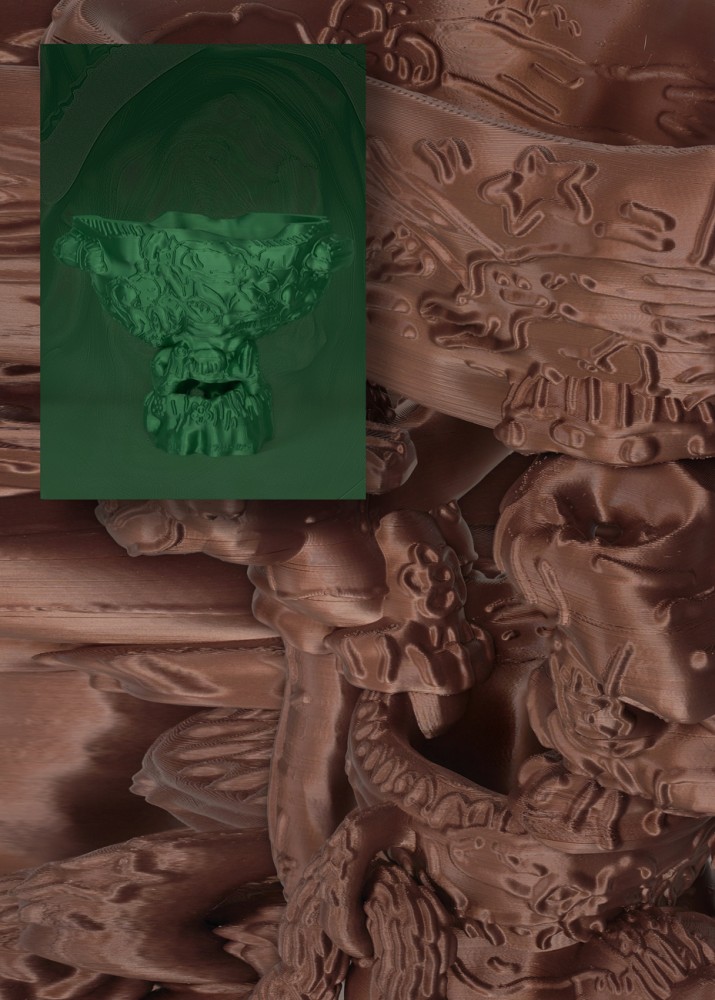
Vase Metabowl #1 (2018) in a digital collage by Audrey Large.
-

Designer Audrey Large works with VFX in film, animation, and 3D scanning to create digital and physical sculptures.
Large’s work is part of this year’s Milan Design Week, on view from April 8th through April 14th. It is part of an ongoing series of “parasitic” group exhibitions titled FAR, put together by curator Valentina Ciuffi and Studio Vedèt for Nilufar Depot, an annex of one of the Milan’s foremost design galleries. Large’s textured pieces in the context of work by ten other artists — including Bram Vanderbeke and Wendy Andreu, Thomas Ballouhey, Linde Freya, and Odd Matter — highlight how design continues to meld with the art world as the first fully post-digital generation takes the stage (or screen).
Text by Alice Bucknell.
Photography by Pim Top
FAR is on view at Nilufar Depot from April 8–14, 2019.

